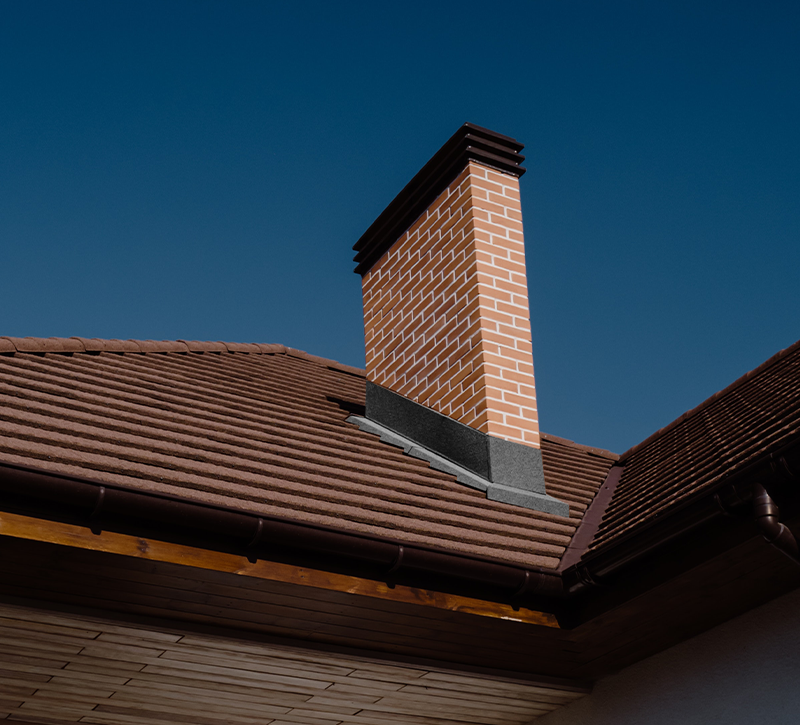
Understanding Chimney Counter Flashing: What You Need to Know

Chimney counter flashing is a crucial element in the construction of any chimney. It helps prevent water from entering your roof, which can lead to significant water damage and costly repairs. But what exactly is chimney counter flashing? In this blog post, we will explain the basics of counter flashing chimney and why it’s so important for your home.
What is Chimney Counter Flashing?
Chimney counter flashing is a type of metal construction material that is used around the edges of a chimney where it meets the roof line. The purpose of chimney counter flashing is to create a watertight seal between the chimney and the roofline, preventing water infiltration into your attic or living space below. This type of flashing typically consists of two parts a base or “counter” piece (which fits over the top of the brickwork) and an “over-flashing” (which covers the base piece). Together, these two pieces create a barrier that prevents water from entering through cracks or gaps in the masonry joints around your chimney.
Why Is Chimney Counter Flashing Important?
Chimneys are exposed to all types of weather conditions throughout their lifetime, including rain, snow, ice, extreme temperatures, and more. Without proper protection against these elements, water can easily seep into your home through cracks in masonry joints around your chimney where they meet with your roof line. This can cause serious issues such as mold growth and structural damage over time if not properly addressed right away. By installing quality counter flashing along these vulnerable areas before any potential problems arise, you can help protect your home from expensive repairs down the road due to water infiltration.
The Benefits Of Installing Chimney Counter Flashing
Aside from protecting your home from water damage, installing chimney counter flashing has several other benefits as well. For one thing, it helps keep rainwater out by creating a tighter seal around the edges of the chimney than would otherwise be possible without it. In addition, it makes cleaning easier because there are no gaps or crevices where dirt can accumulate as easily as with other types of flashings. Finally, installing this type of flashing will help increase energy efficiency since heat loss is minimized when airtight seals are created around areas like a chimney.

 Rated Excellent
Rated Excellent